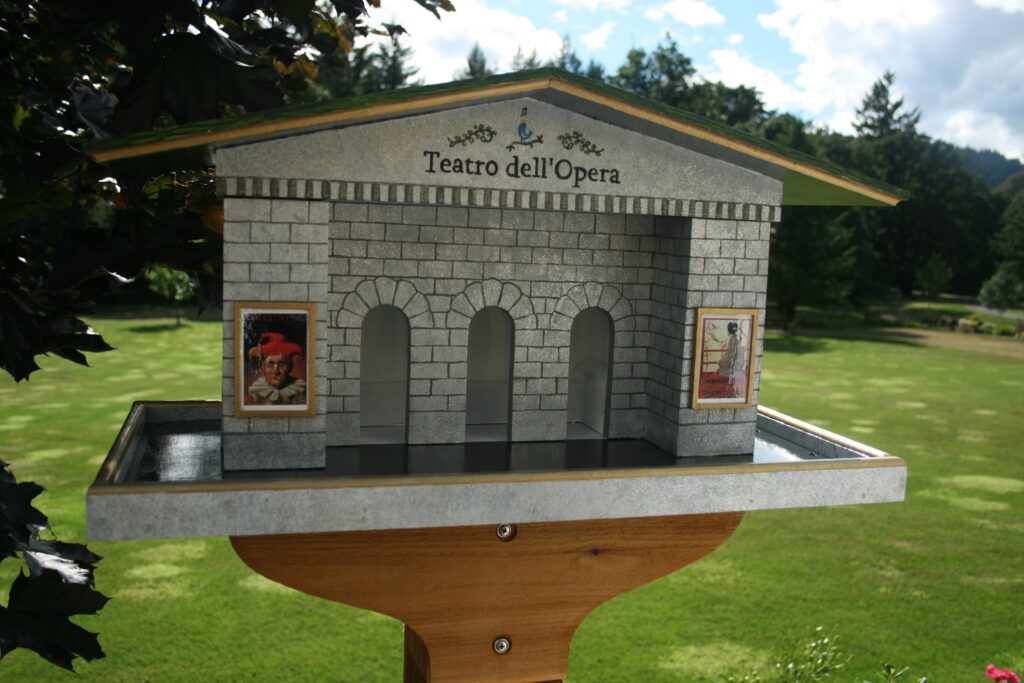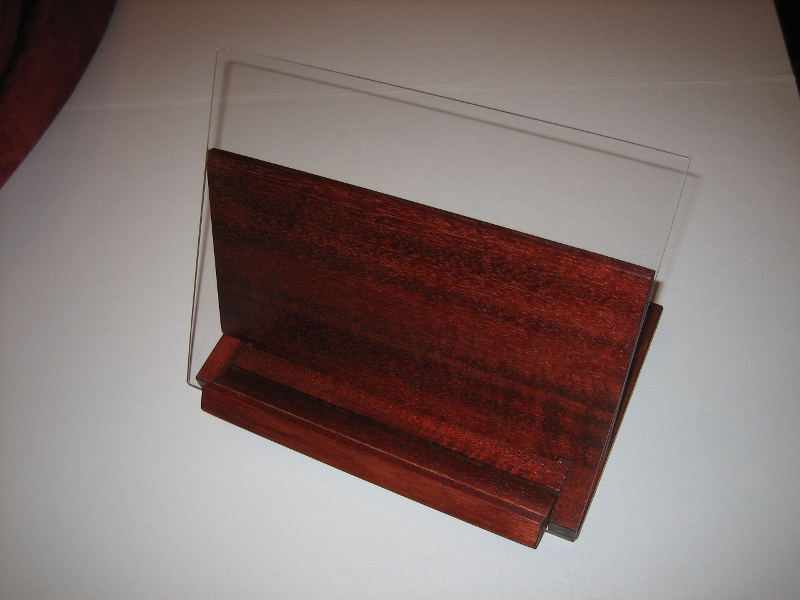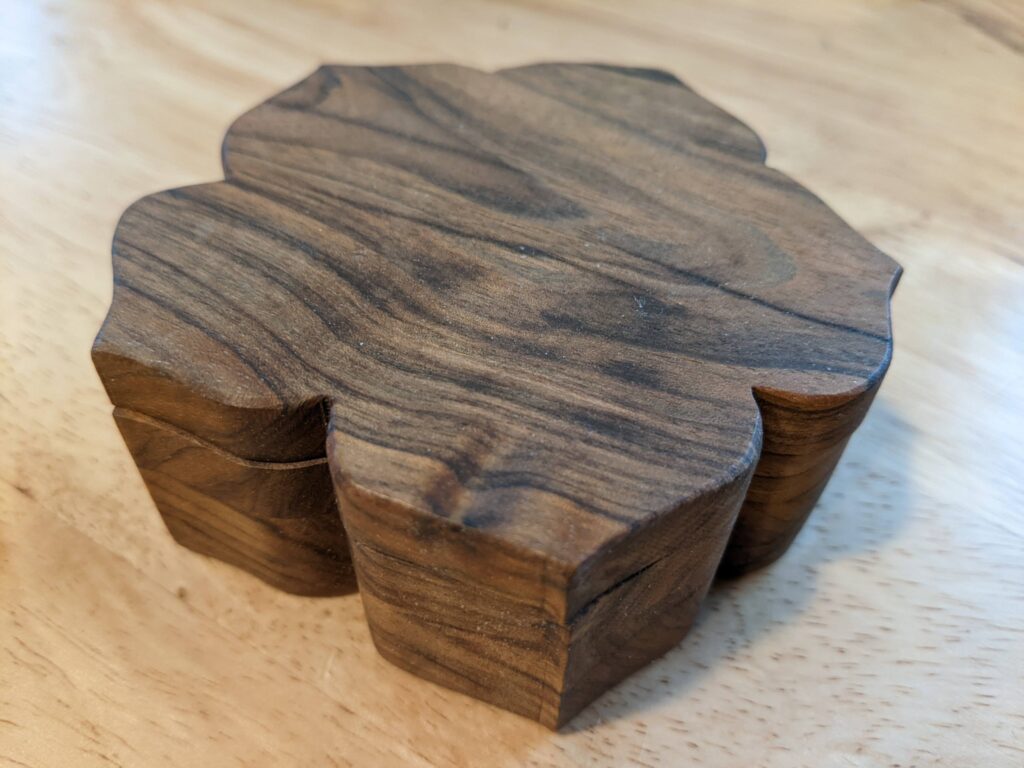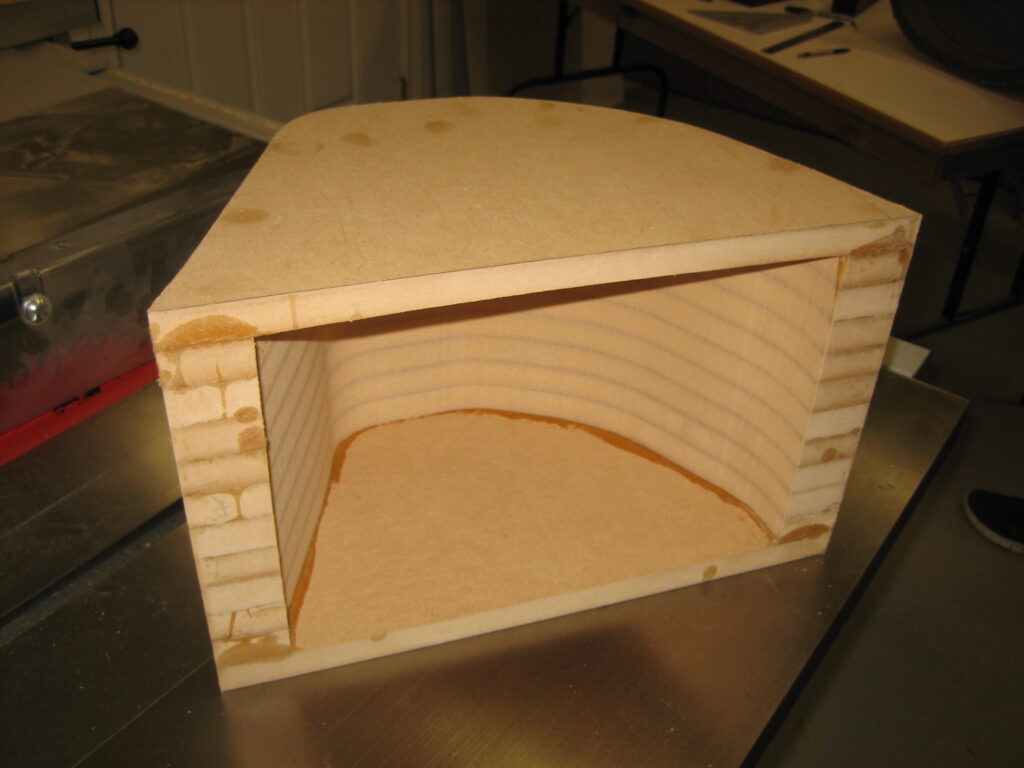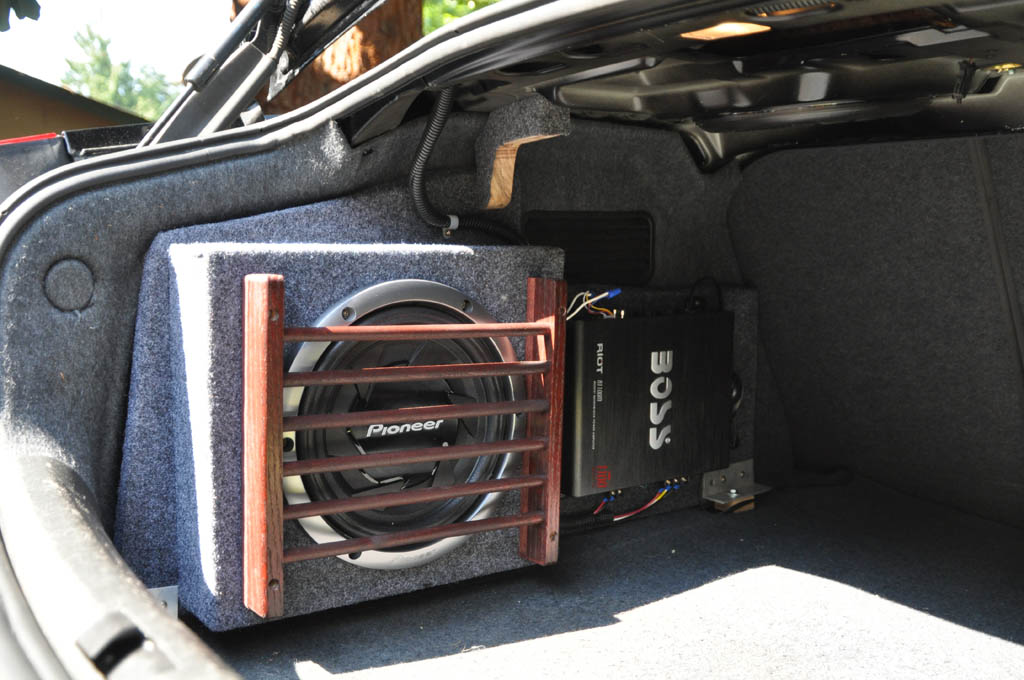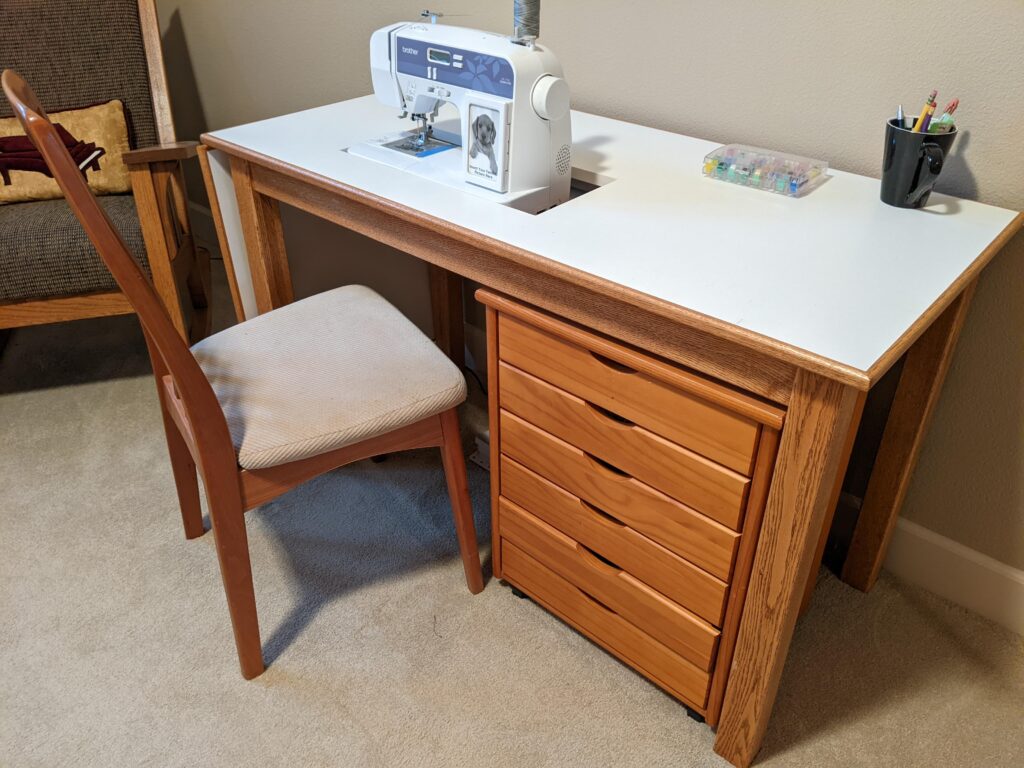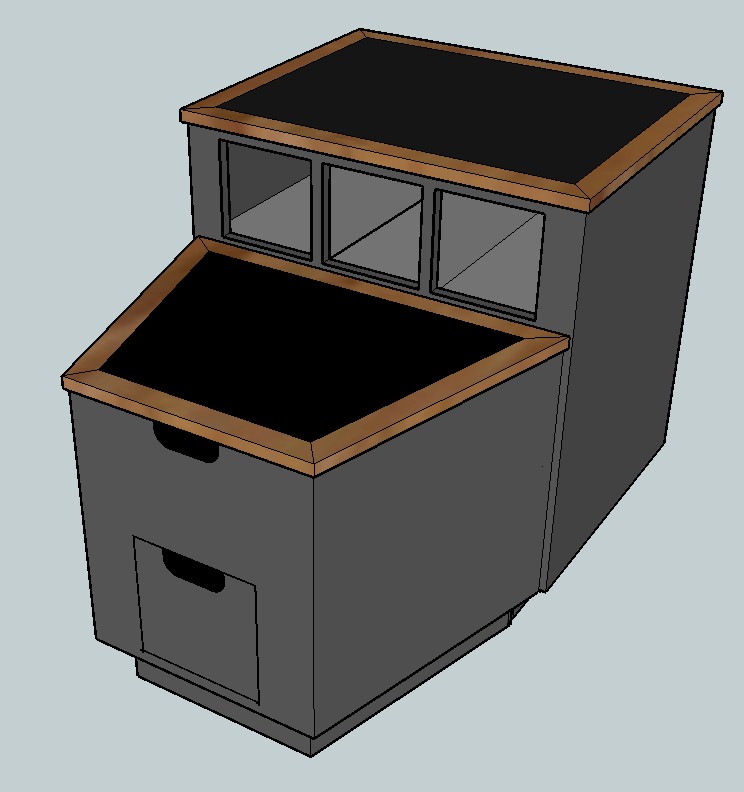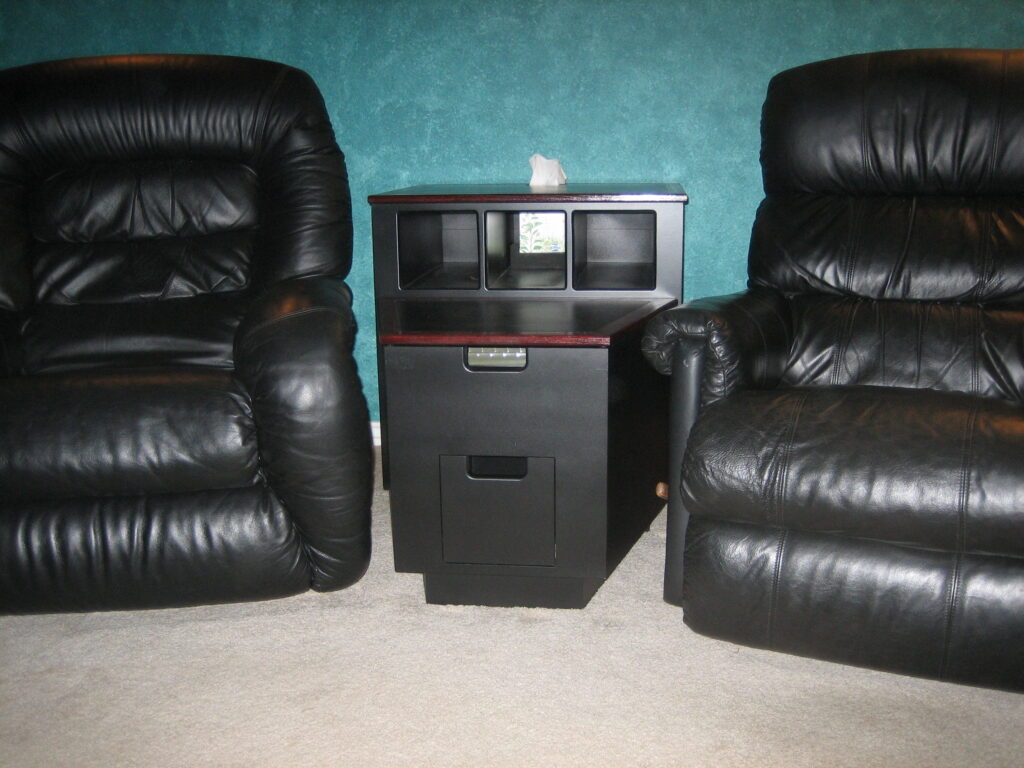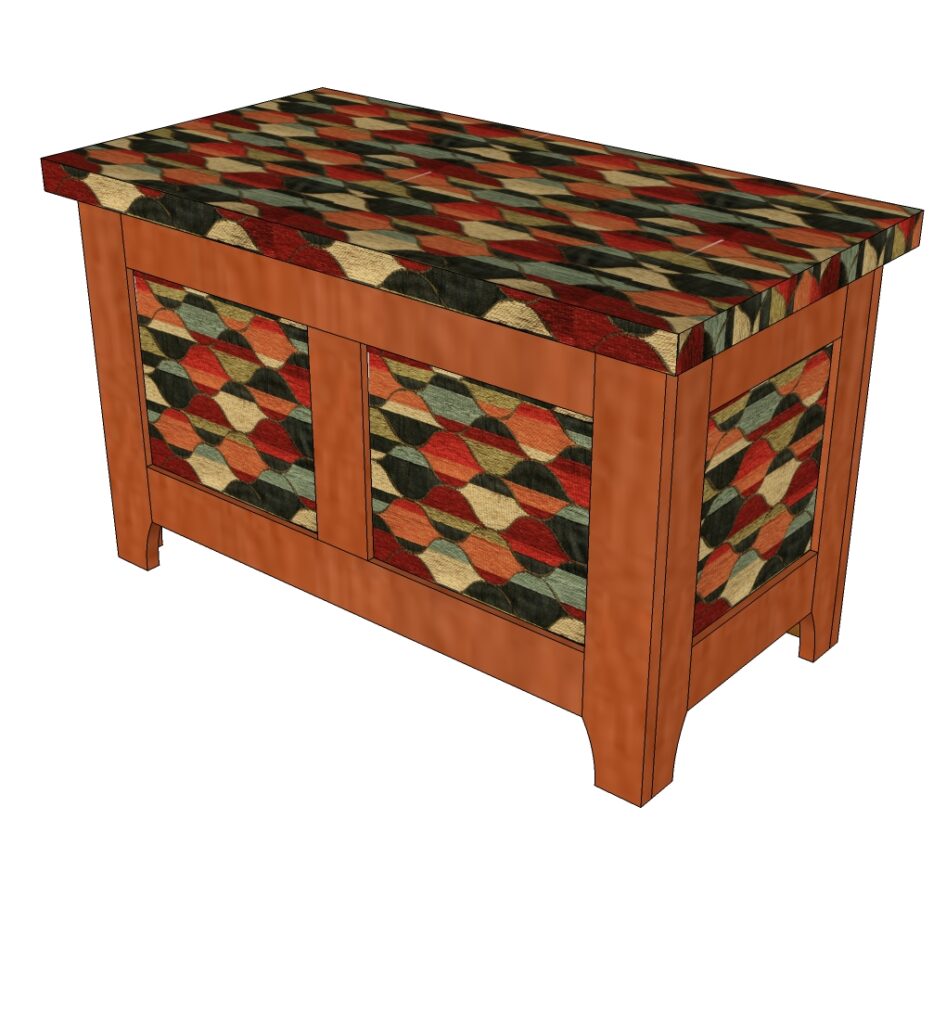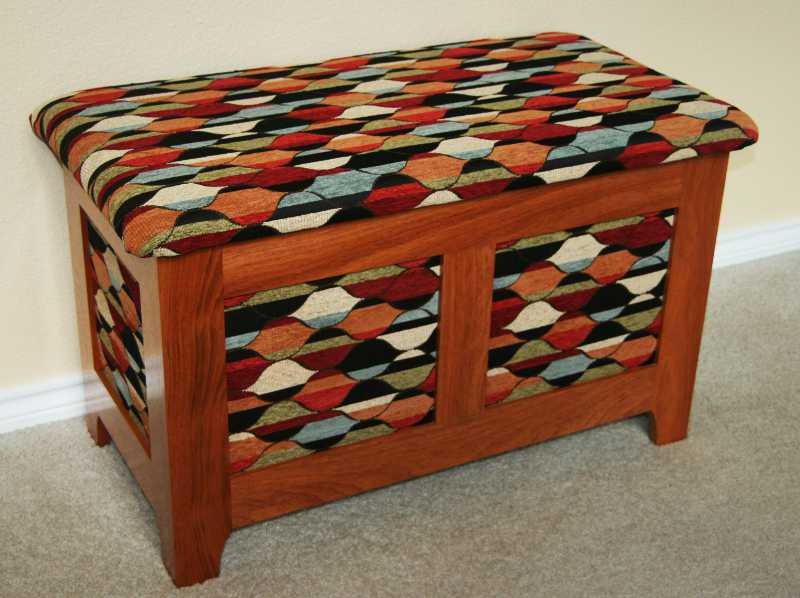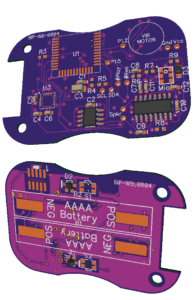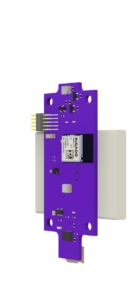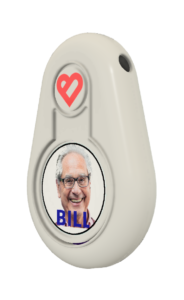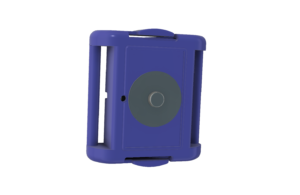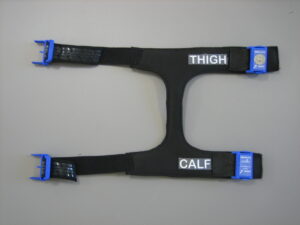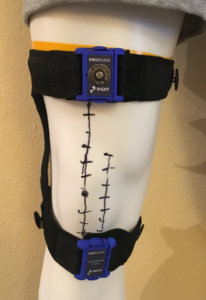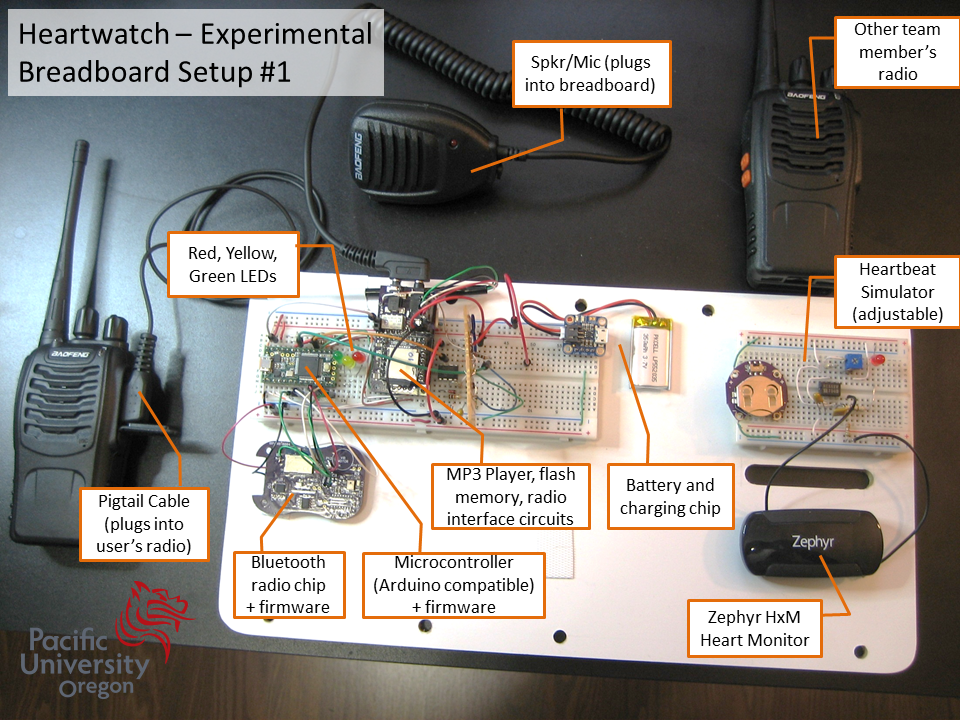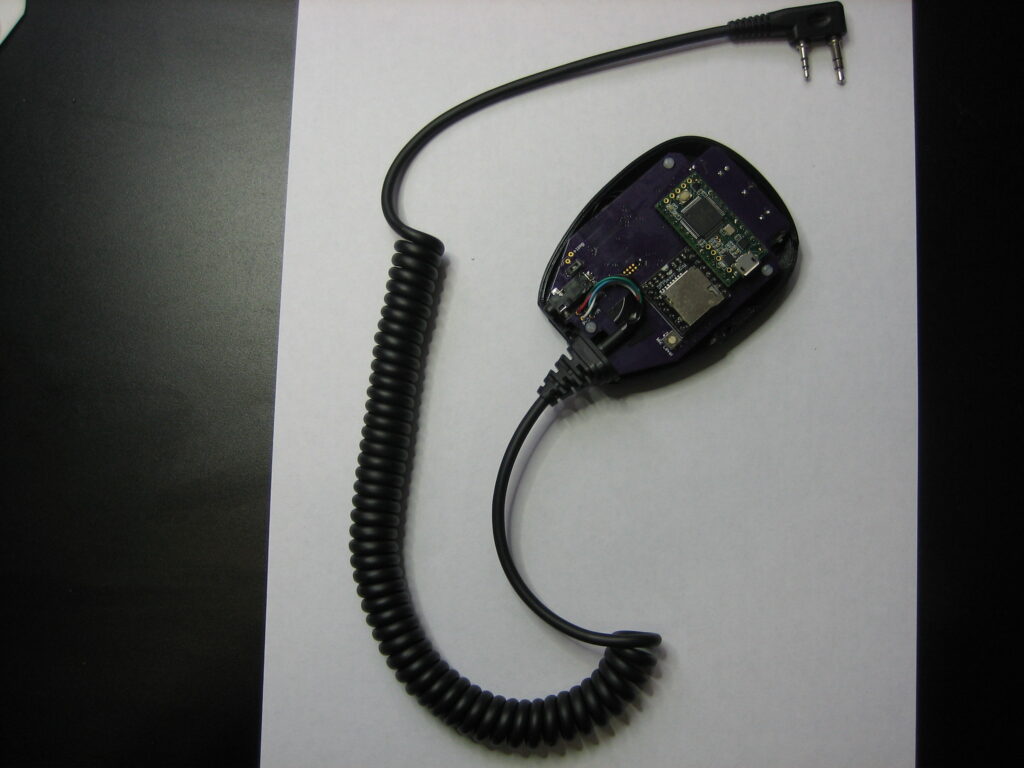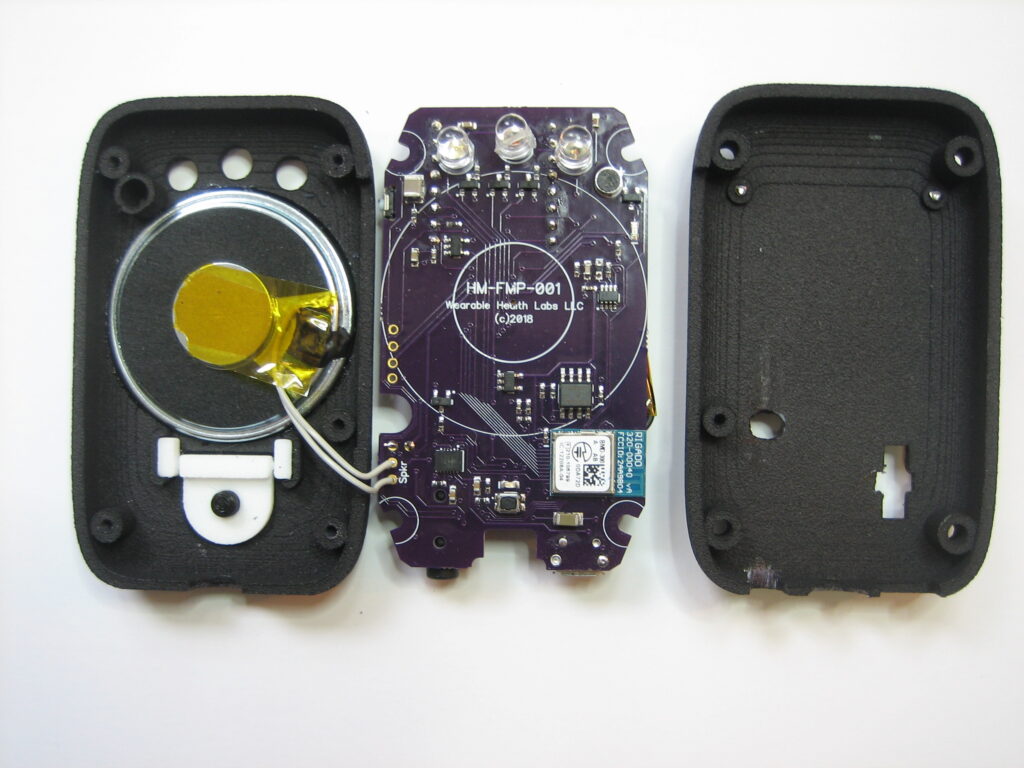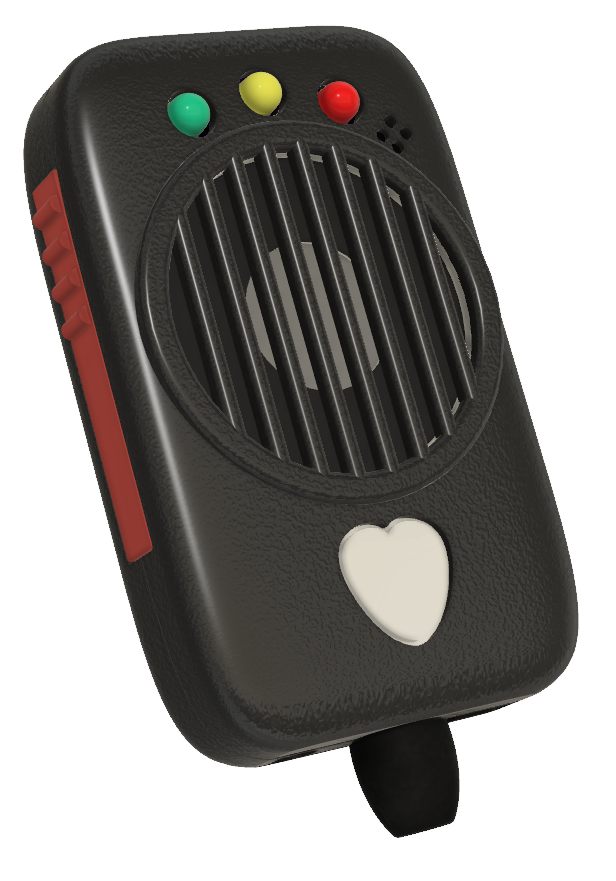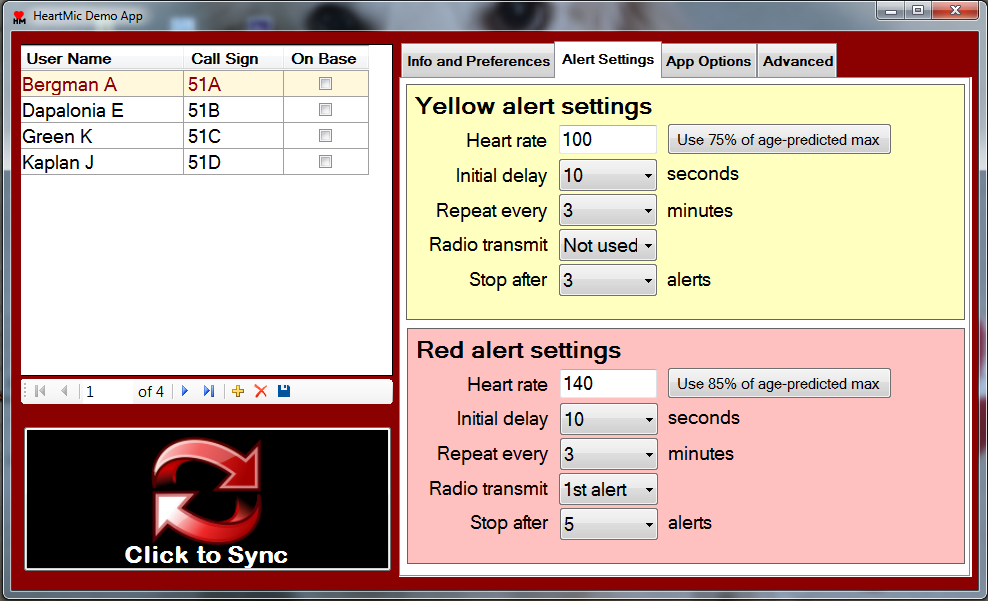2000-2019
Harmony Oaks Farm
When Carolyn and I married in 1999, she sold her farm in Coos Bay before moving to my home in Portland, but brought along her beloved Quarter Horse named Lady and an Arabian gelding called Spri. My home had a beautiful view but no land for horses, so they had to be boarded many miles away, an unhappy situation for Carolyn, Lady, and Spri. We soon remedied this by moving to a farmhouse on 50 acres of land near North Plains, which we named Harmony Oaks Farm.
This was a bit of an adjustment for me, a guy who previously might list dirt, smells, and manual labor as his least favorite things. With only a dirt road for access, my nice shiny Lexus SC400 suffered flat tires and was always dusty, and there was no one to clear snow from our long driveway. Our vehicular fleet needed a makeover: a Toyota pickup replaced the Lexus, and a Kubota BX24 tractor with front-end loader and backhoe was added. I learned how to make compost using the front-end loader to combine the horse manure with grass clippings. Then I had to learn to operate the backhoe to dig trenches for various water and electrical lines. My favorite tractor job was building trails and roads!
Besides the tractor, there was a lawn mower, a chipper, a tiller, a blower, a trimmer, a pressure washer, a chainsaw and I can’t remember what else. That meant a lot of fussy small gasoline engines to maintain! My solution: an electric utility cart (basically a Yamaha golf cart with a dump bed), modeled here by Carolyn and Riley. Once I added a 48VDC to 110VAC inverter, we had a rig that could pull a dump trailer and supply 1500 watts of AC power anywhere on the property. The small gas engine tools were replaced with electric ones, and even larger electrical appliances — like a shop vac — gained new uses. Finally, mounting an electric leaf blower to the cart’s front bumper gave us a driveable street sweeper that made quick work of our 1/2 mile of driveways.
We needed to keep the crop area productive, but many farmers in the neighborhood were retiring. Eventually we found a farmer who, though elderly, planted alfalfa on our land and brought in several harvests a year. We fed our horses some and sold off the surplus.
